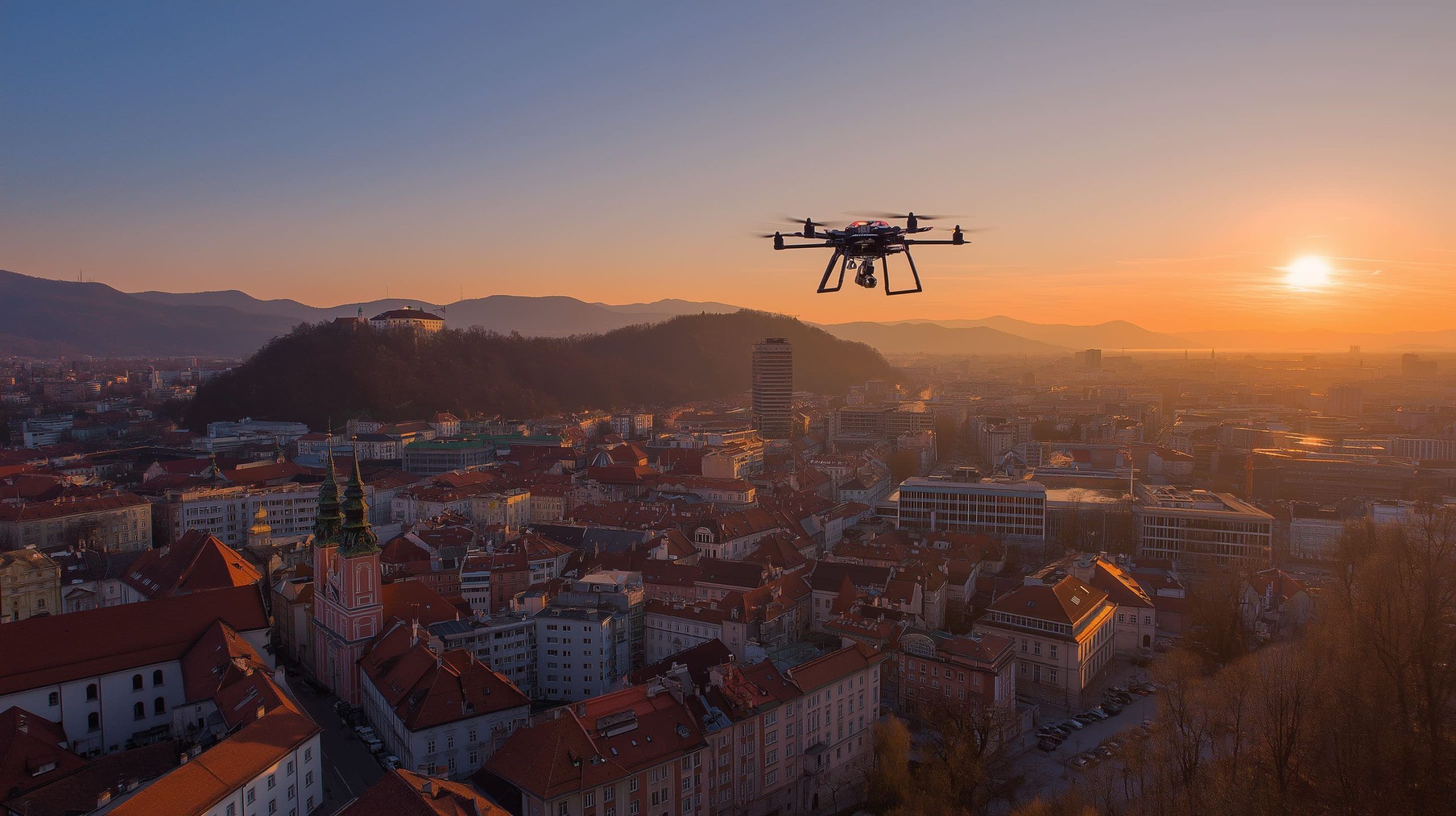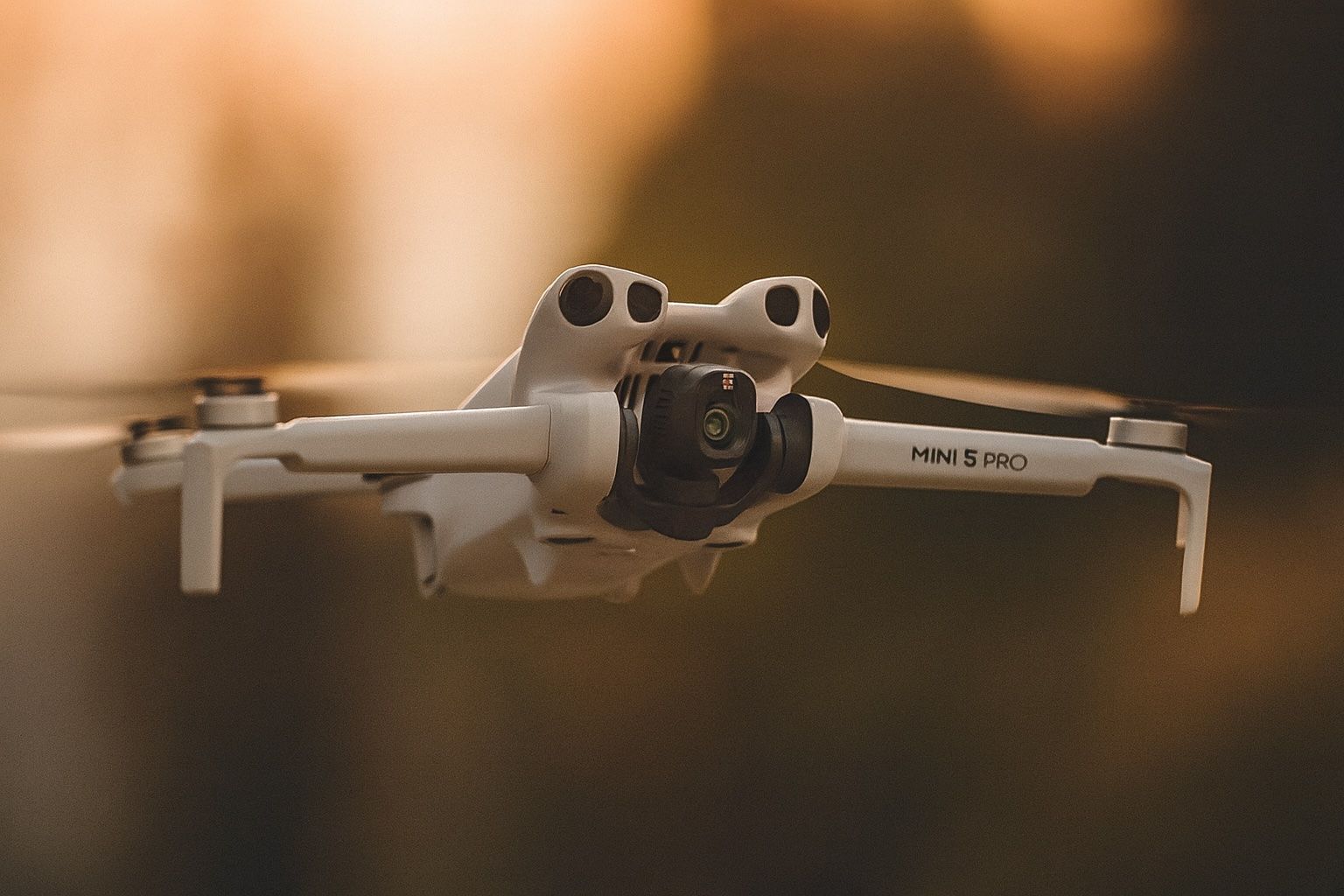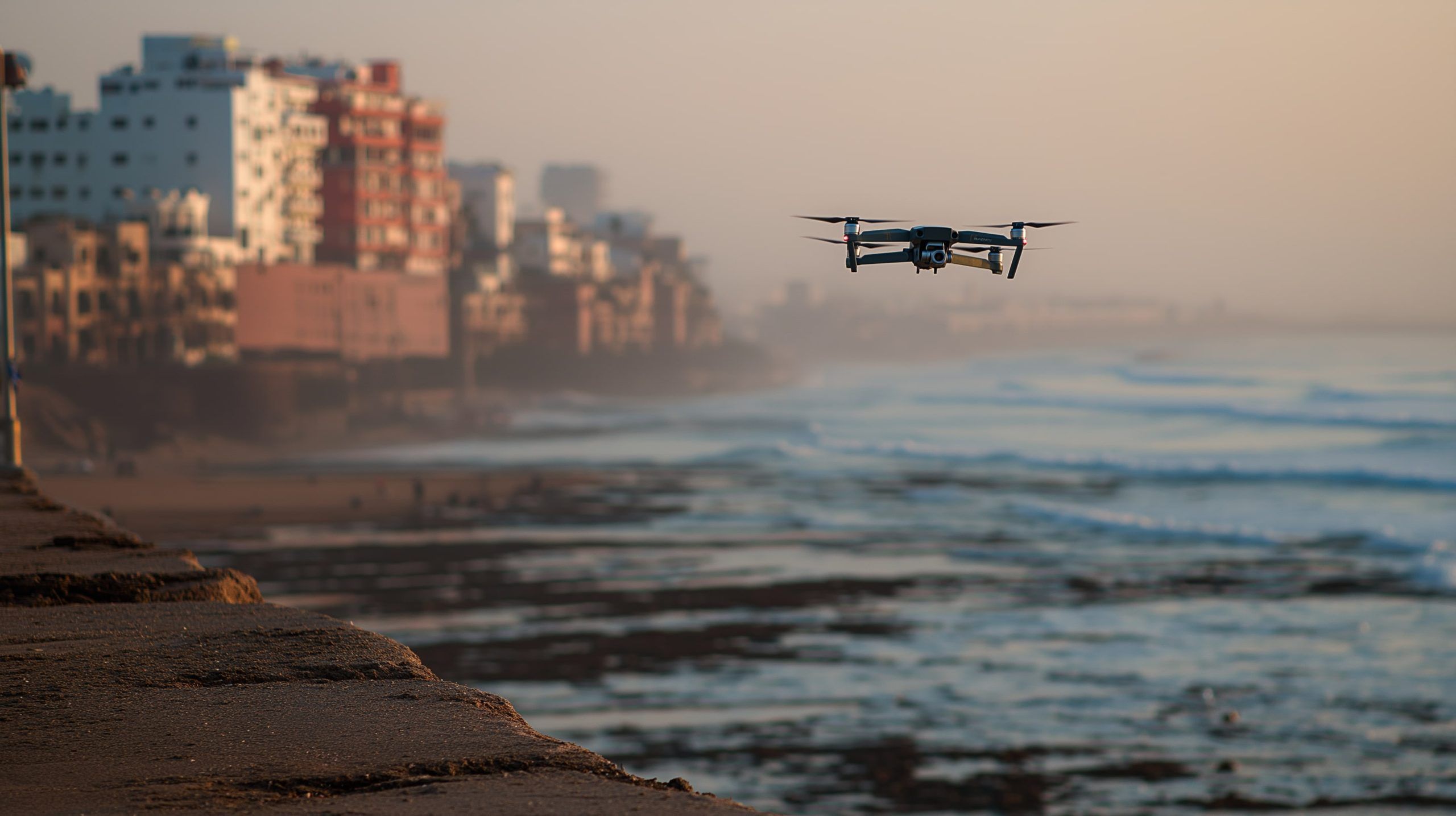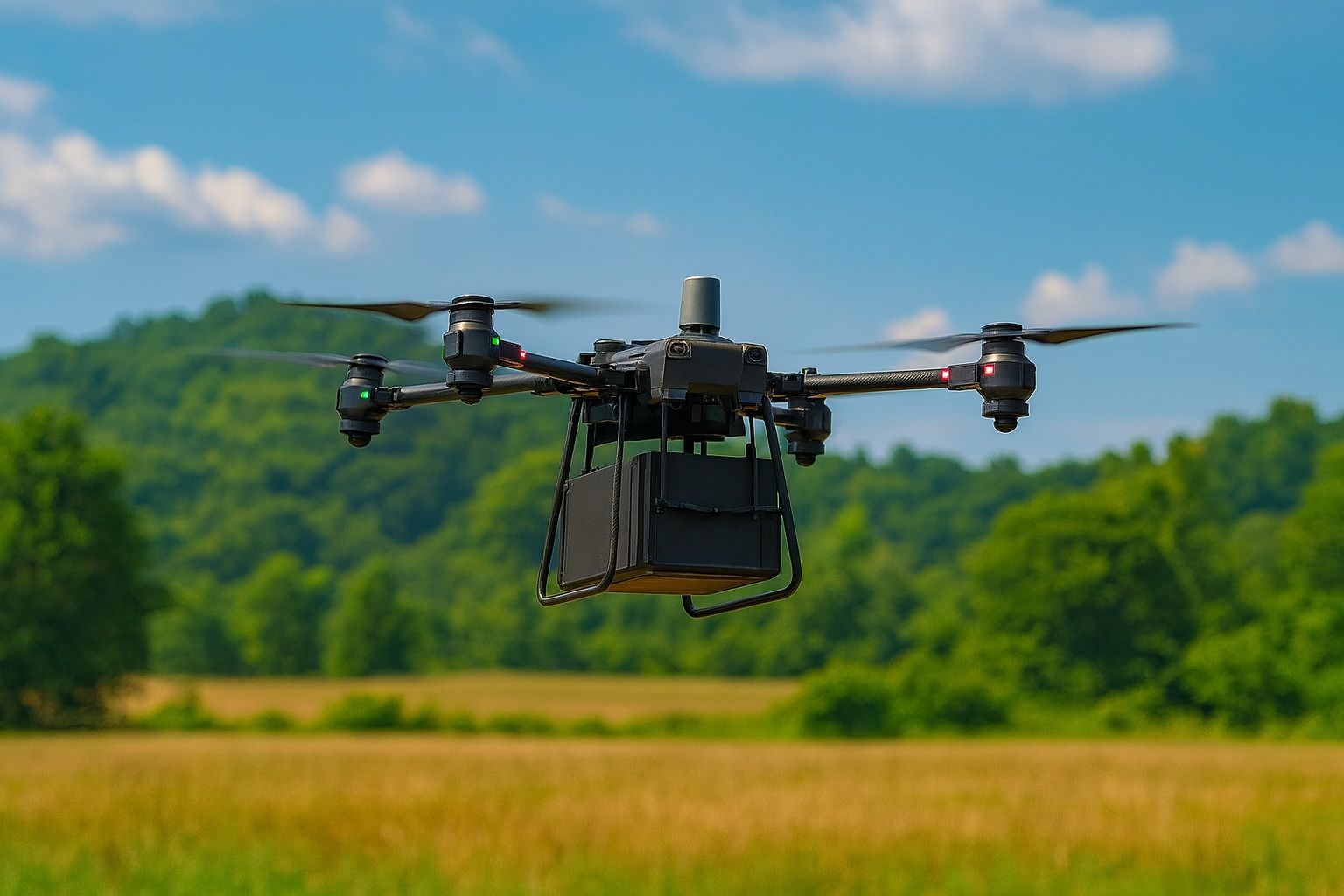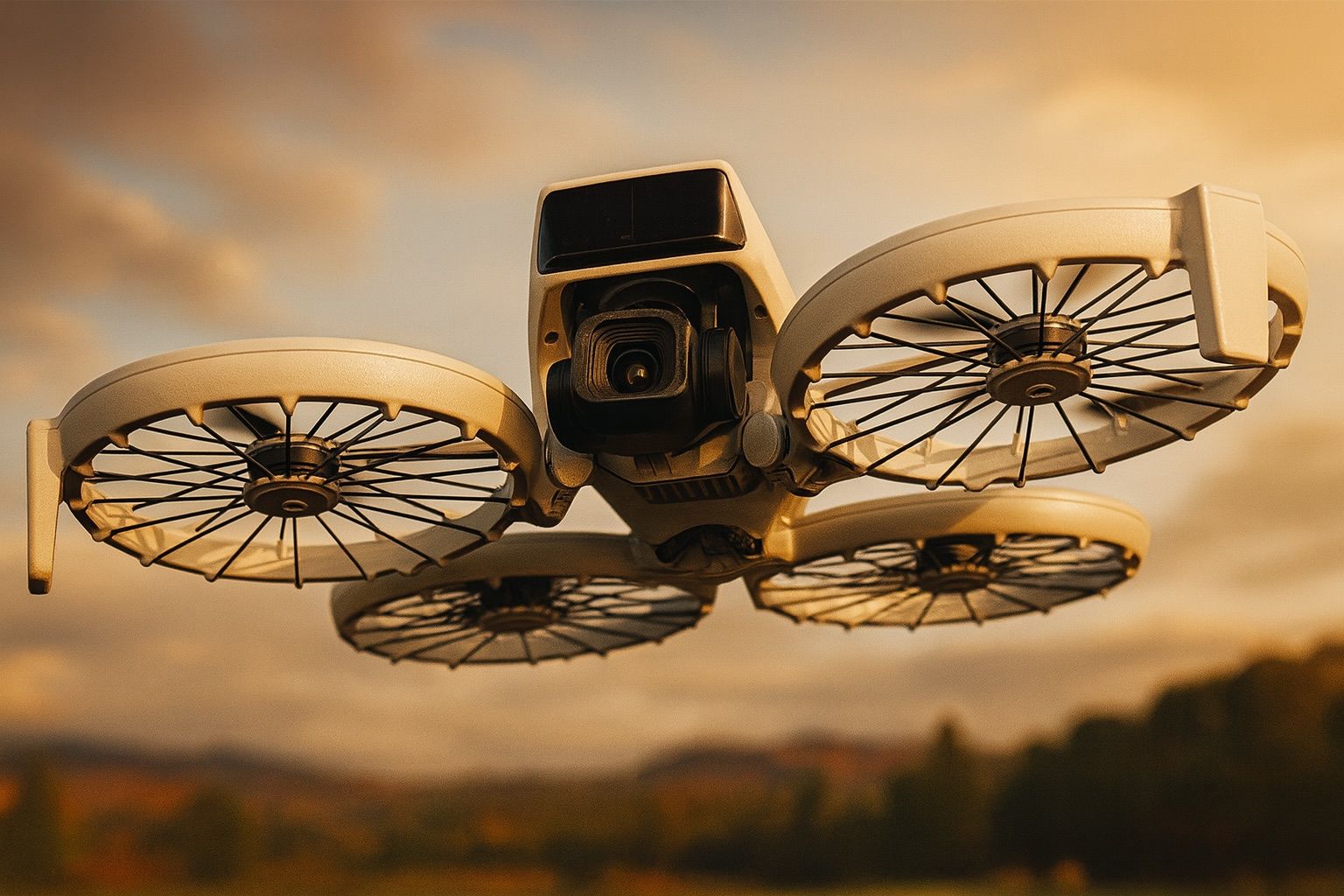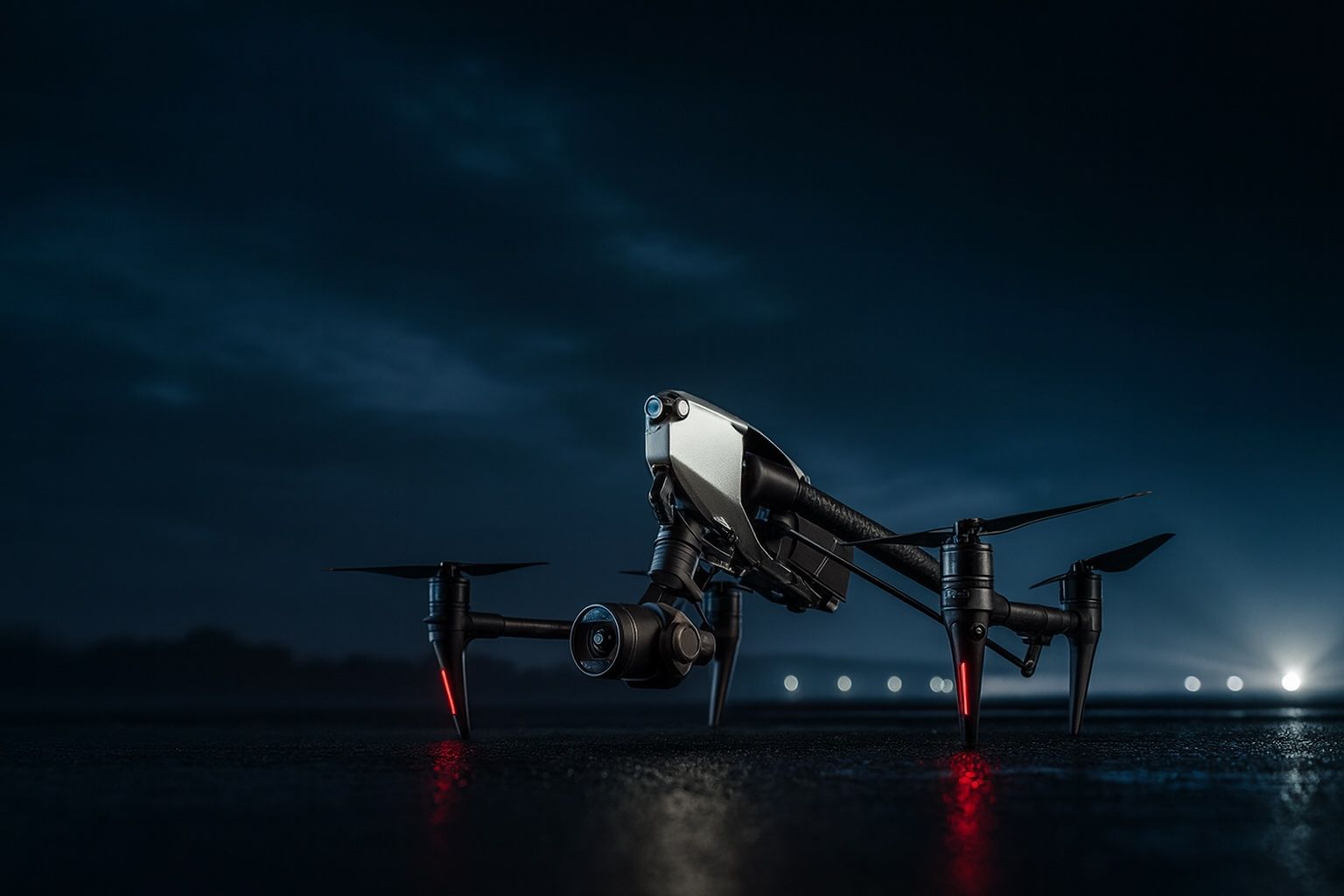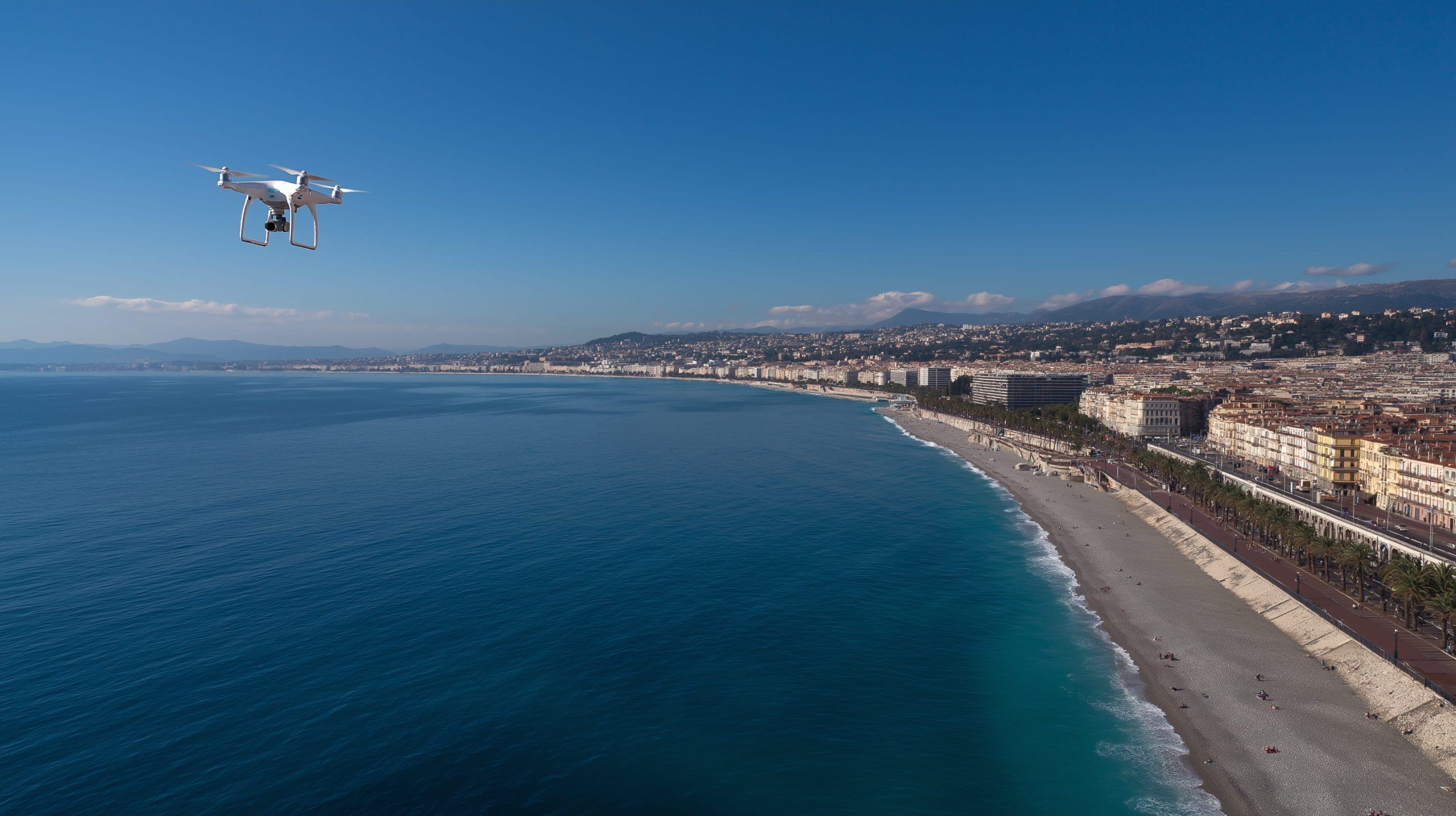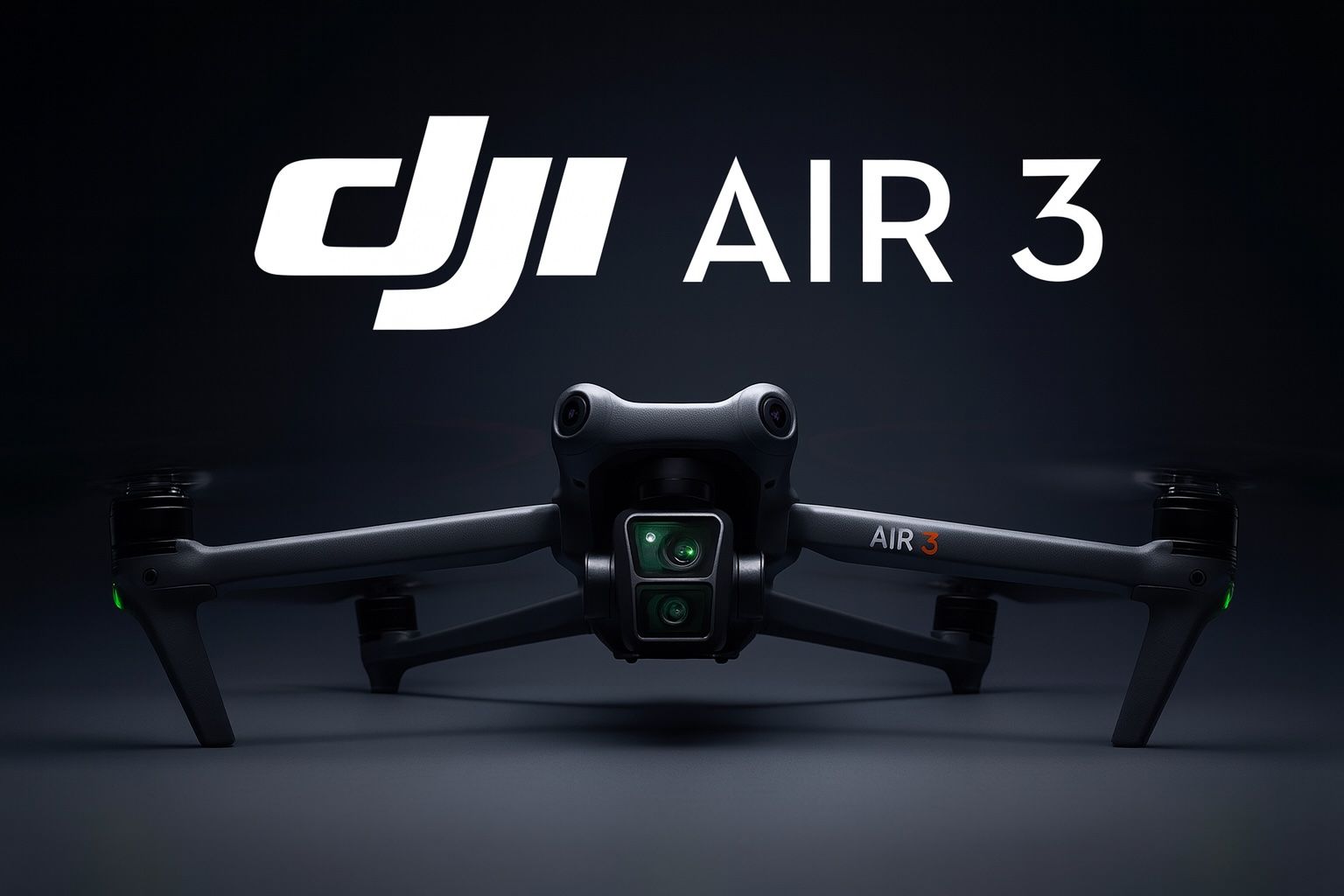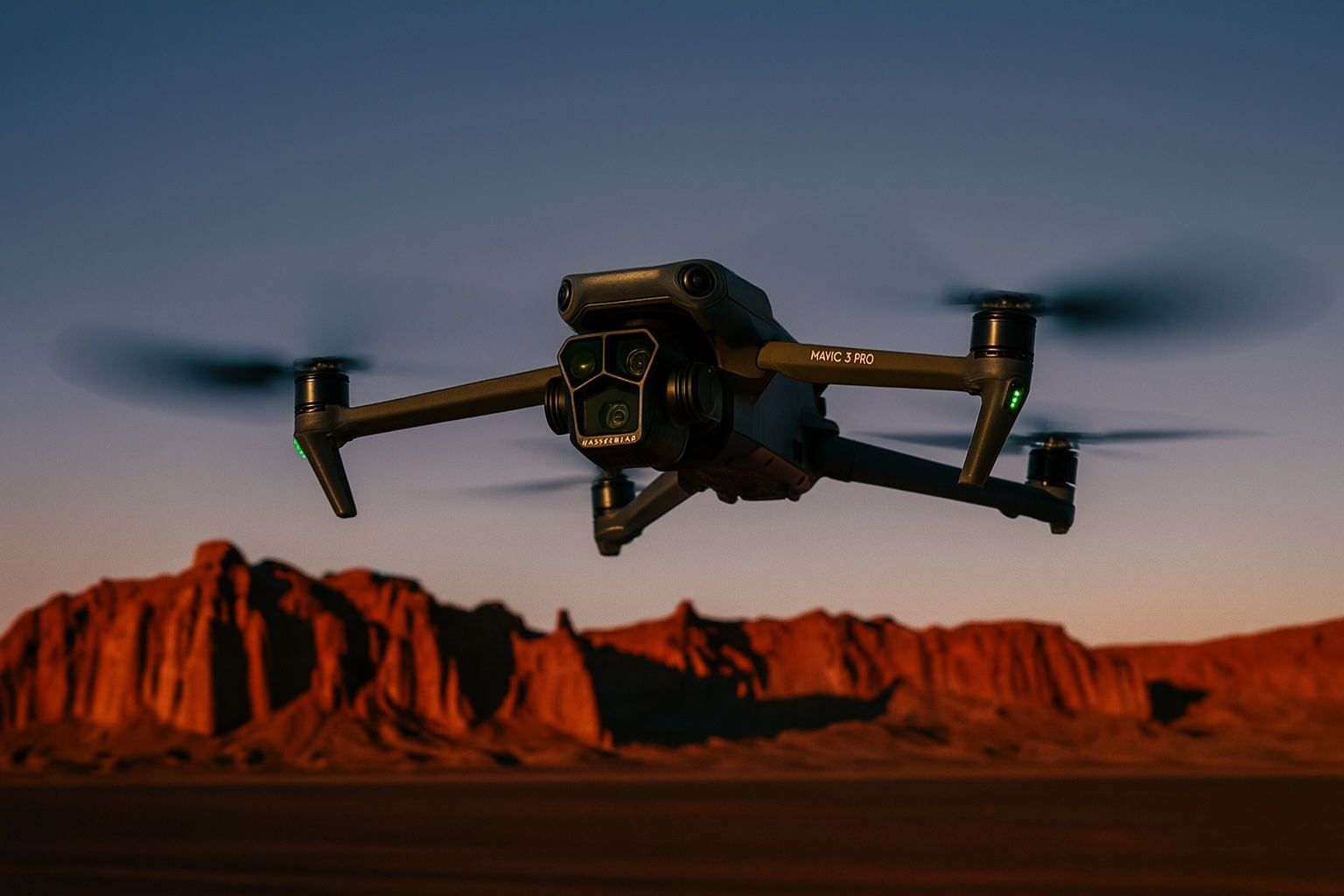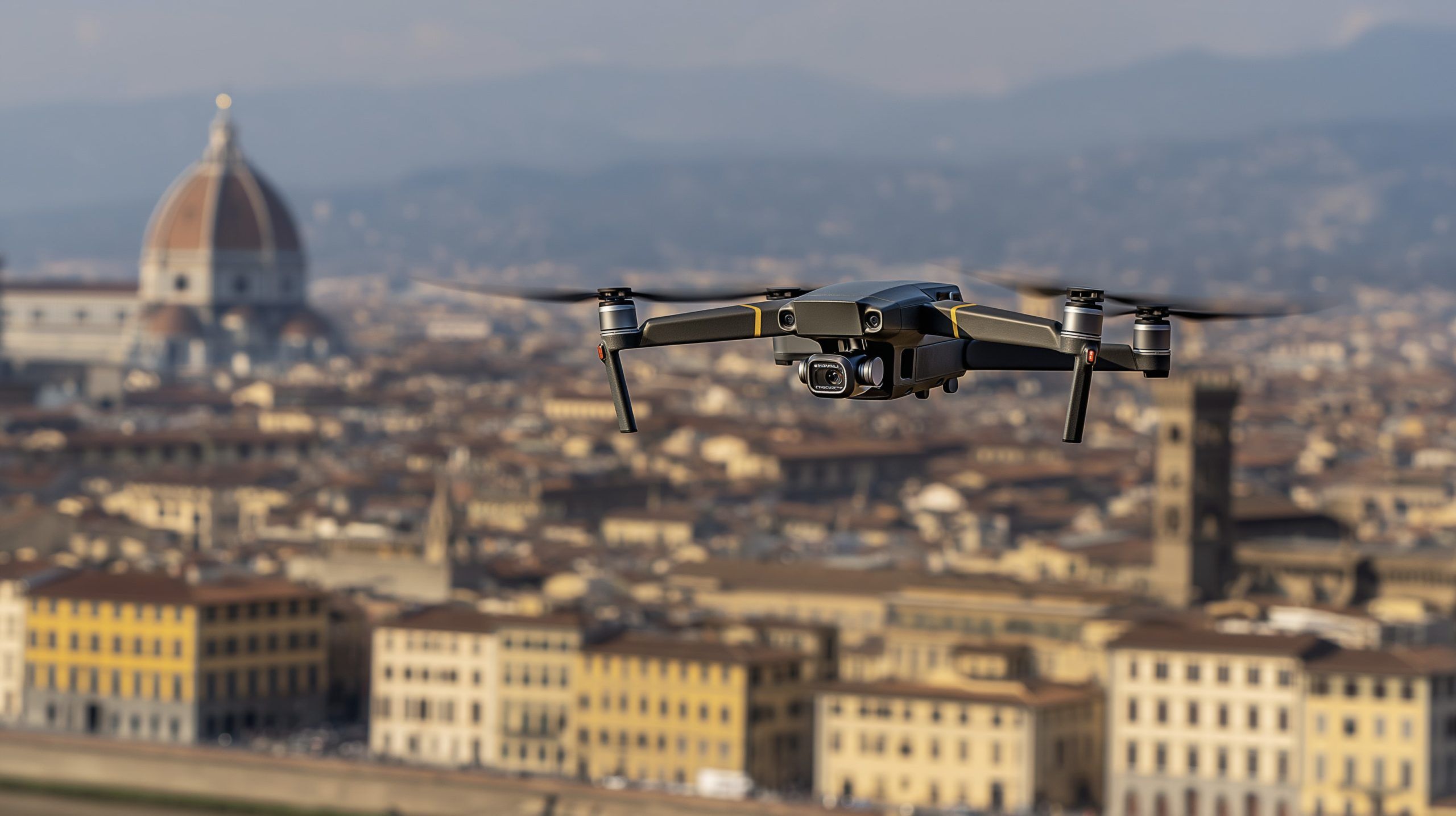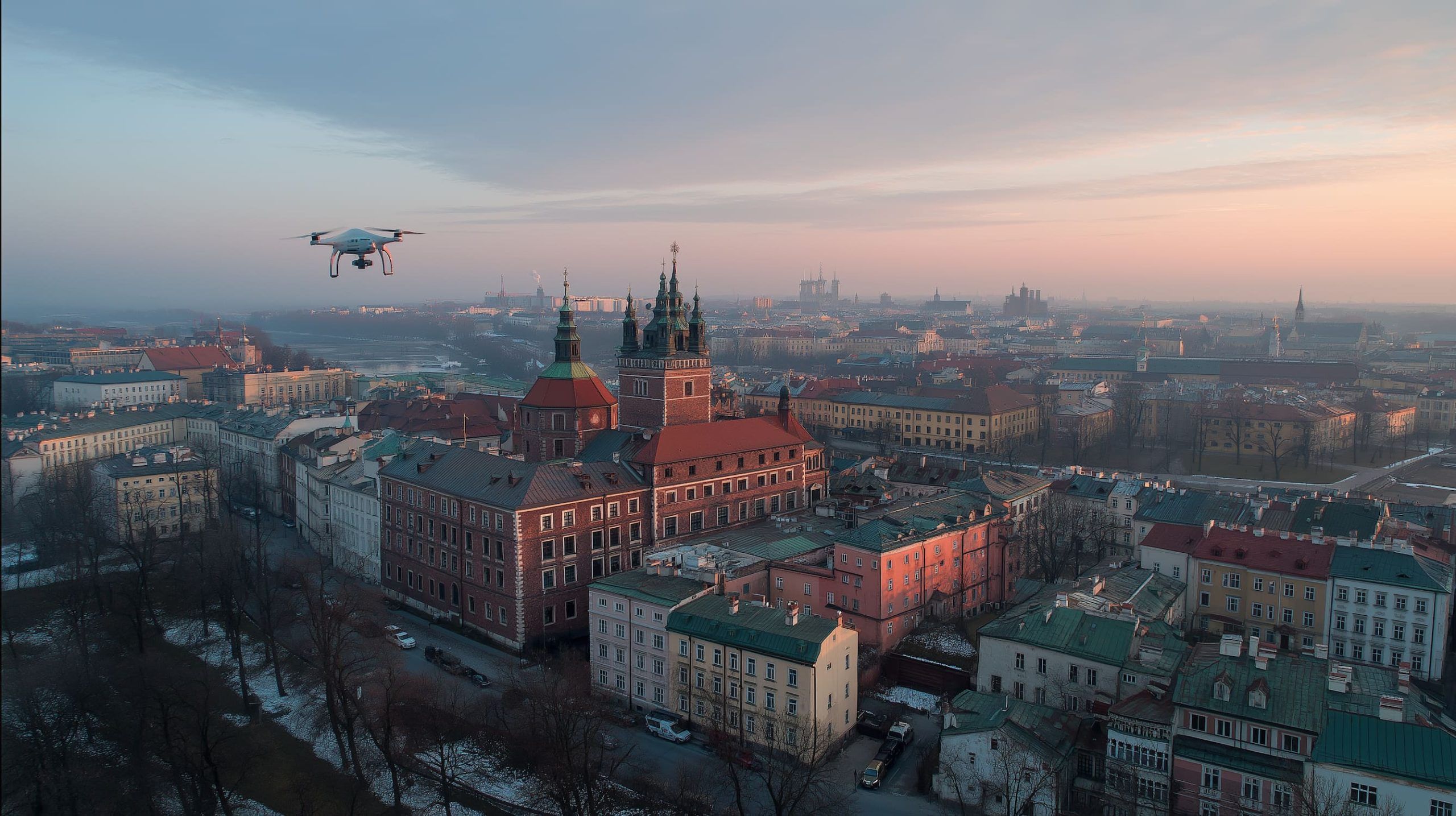
Krakow Drone Laws 2025 – New Rules, No-Fly Zones & What You Must Know Before You Fly
Key Facts: Krakow Drone Regulations 2025 EU & Polish Regulatory Framework Overview Unified EU Rules: Poland has adopted the European Union Drone Regulations as of December 31, 2020, aligning with EU-wide laws ts2.tech. These rules (EASA regulations 2019/945 and 2019/947)
